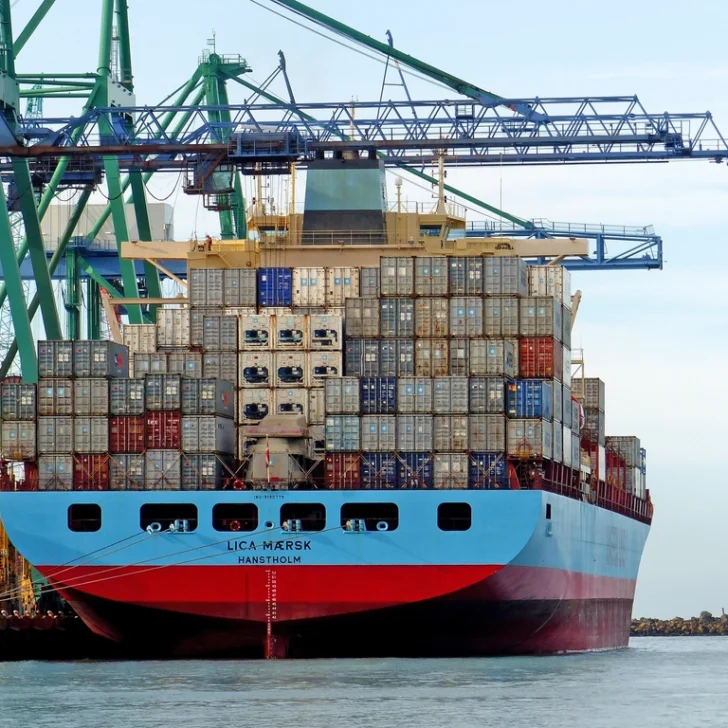
Shipping goods through full container loads (FCL) can be a complex and daunting process. However, with the right information and proper calculations, you can effectively determine the cost of your FCL shipment from one location to another. In this guide, we will provide you with essential details on how to calculate freight costs for FCL shipments and navigate the intricacies of the process.
1. Gather Necessary Information
To begin the calculation process, it is crucial to gather all the necessary information. This includes the origin and destination of your goods, the number of containers required, the type of goods being transported (bulk or general cargo), shipment size, and the desired transit time. Having this information readily available will simplify and streamline the freight cost calculation process.
2. Choose a Pricing Model
Once you have gathered the necessary information, the next step is to choose an appropriate pricing model. Depending on the size of your shipment and your budget considerations, you may opt for either a spot rate or a contract rate for your FCL shipment. A spot rate is a one-time price that is determined based on current market conditions. On the other hand, a contract rate provides shippers with more cost-saving options as the agreed-upon rate is locked in for the duration of their contract term.
3. Review and Analyzing Costs
After determining the pricing model, it is essential to review and analyze the relevant costs associated with shipping. This includes taxes, duties, excise fees, port charges, and fees related to weight or dimension restrictions for transporting goods by truck, plane, or ship. Familiarizing yourself with international cargo insurance rates is also crucial as it can significantly impact the total cost of freight forwarding services.
4. Obtain Quotes from Multiple Carriers
To ensure that you find the most competitive rate and the best service for your shipment, it is imperative to obtain quotes from multiple carriers. When comparing quotes, consider not only the actual freight rate but also additional fees related to taxes, duties, customs clearance, and cargo insurance associated with each offer. Although this process may be time-consuming, the research invested upfront can lead to substantial cost savings and improved delivery quality.
5. Calculating the Average Freight Cost per Container Load
Once you have gathered all the necessary information, chosen the appropriate pricing model, and obtained quotes from different carriers, you can proceed to calculate the average freight cost per container load. To do this, you need to factor in the total weight and dimensions of the shipment. Utilizing a freight calculator can help estimate pricing while considering additional fees and taxes that may be incurred during the journey of your goods. With this information, you can select an average price that aligns with your budget and begin working with reputable shipping companies that provide reliable quotes.
6. The Benefits of FCL Shipping for Importers and Exporters
Full-Container-Load (FCL) shipping offers importers and exporters several advantages, including cost savings, increased security, flexibility, and more efficient logistics processes. Understanding these benefits is crucial for businesses involved in global trade.
1. Cost Savings and Efficiency of FCL Shipping
One of the primary benefits of FCL shipping is its cost-effectiveness and efficiency compared to less-than-container-load (LCL) shipping or part chartering. By shipping goods in full containers, businesses can often secure bulk discounts, resulting in long-term cost savings. Furthermore, FCL shipping reduces handling and port fees that would typically be incurred when using multiple smaller containers. This consolidation of shipments also reduces paperwork by minimizing the number of import/export documents that need to be filed.
2. Increased Security and Protection of Goods
In addition to cost savings, FCL shipping offers increased security for goods. Unlike LCL shipping, where goods are consolidated into a shared container, FCL shipments keep the container intact throughout transport and unloading. This significantly reduces the risk of damage or loss during transit. The ability to maintain door-to-door control over the handling of containers further enhances the security of valuable goods.
3. Economical Transportation of Larger Shipments
FCL shipping also mitigates the risk of damage during transit by ensuring that goods are properly secured and protected within the container. The container remains under the control of a single shipping provider throughout the entire transportation process, reducing the likelihood of mishandling and minimizing the risk of damage. With fewer handling processes involved, cargo is less likely to be lost or misplaced.
4. Flexibility in Scheduling and Delivery Options
Flexibility in scheduling and delivery options is another benefit offered by FCL shipping. Businesses have the freedom to customize their ordering process and select the specific date they would like to receive their goods. By specifying the port of destination, businesses can request shipments to be sent on a particular date, ensuring timely arrival. This level of control allows businesses to meet consumer demand more effectively and maintain a flexible approach to their supply chain.
In conclusion, calculating freightcosts for full container loads (FCL) involves gathering necessary information, choosing a pricing model, reviewing and analyzing costs, obtaining quotes from multiple carriers, and calculating the average freight cost per container load. FCL shipping offers advantages such as cost savings, increased security, flexibility, and more efficient logistics processes. By understanding these benefits and following the steps outlined in this guide, businesses can effectively calculate and manage their freight costs for FCL shipments, leading to smoother operations and improved profitability.
Check out our Blog for more logistics tips, insights and trends


